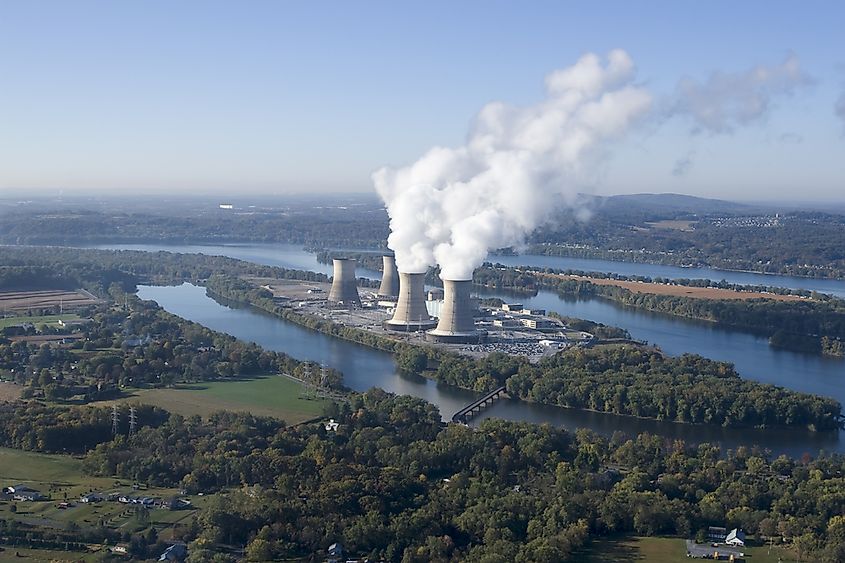

“The worst-case scenario is that the fuel rods fuse together – temperatures get so hot that melt together into a radioactive molten mass that busts through the containment mechanisms. Nuclear expert Joseph Cirincione recently told Fox News the following…. If the worst case scenario happens in Japan, the prevailing easterly winds would likely transport radiation from Japan directly to the west coast of the United States. That would be an unprecedented health disaster.īut could a full-blown meltdown at one or more of the reactors mean a health disaster for the United States as well?ĭuring the Chernobyl disaster 25 years ago, radiation was spread literally throughout the entire northern hemisphere. Tokyo has 13 million residents, and there is a very real possibility that during a full-blown meltdown the winds could shift and carry a massive radioactive cloud in that direction. Right now, the Japanese government is advising all people living within a 30 kilometer radius of the reactors to stay indoors.Īs far as Japan is concerned, the worst case scenario is that multiple reactors could experience a meltdown and they could end up facing a situation of trying to deal with “many Chernobyls”. Chief Cabinet Secretary Yukio Edano has told the media that fuel rods in three of the reactors appear to be melting and that he cannot rule out the possibility of a full-blown meltdown in all three of the problem reactors. At this point authorities in Japan have admitted that the levels of radiation in the areas immediately surrounding the reactors “can impact human health”, and Japanese Prime Minister Naoto Kan is saying that the risk that further radioactive material will be released is “very high”. Japanese authorities are feverishly trying to pump sea water into all of the reactors in the complex in an attempt to cool them down.

Previously there had also been huge explosions at unit 3 and at unit 1. The explosion at Fukushima Dai-ichi unit 2 was the third major explosion in four days. Yesterday, yet another of the reactors exploded. Right now authorities in Japan are hoping to avert a full-blown meltdown and keep the radiation that is escaping to minimal levels, but at this point it appears that they are fighting a losing battle. So could radiation from a meltdown of one or more of the Fukushima Dai-ichi nuclear reactors reach the United States? Unfortunately, the answer is yes. A major nuclear disaster is the last thing that they need at this point. Millions of weary Japanese citizens are desperately hoping that the worst case scenario does not play out.

The possibility of a full-blown nuclear meltdown of one or more of the Fukushima Dai-ichi nuclear reactors seems to increase by the hour.


 0 kommentar(er)
0 kommentar(er)
